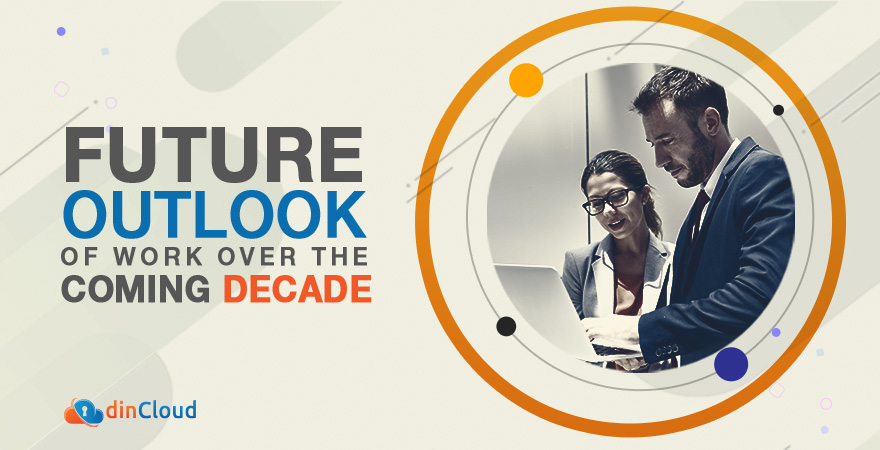We are presently going through a time of very high uncertainty. As millions of businesses try to grapple with the ongoing health and financial challenges, the way work is done is also changing at a very rapid pace.

Amidst these challenging times, businesses will have to look way beyond mere survival skills and adapt to the new normal as soon as possible. The product and service delivery channels are experiencing a massive overhaul and to survive, you’ll have to catch up.
The Work 2035 Project by Citrix
With the aim of providing us with a fairly reasonable future outlook of work, Citrix has taken a massive undertaking in the form of its “Work 2035 Project”. An ongoing study, the company wants to take the input of all key stakeholders about the future of work.
The work on this study started fairly back in the year 2019. It is a broad based survey that takes into account the viewpoint of nearly 1,500 top IT decision makers. In fact, these key decisions makers will be instrumental in shaping the new work environment.
Now, let’s discuss some of the key takeaways from the study that have come up so far. For all intents and purposes, this study is still a work in progress.
Also Read: Study Reveals a Positive Correlation b/w Zero Trust Security and Employee Experience
Humans v/s Robots
At one stage, it appeared that humans would completely be replaced with robots. However, initial data from the study reveals a different picture. Nearly 77% of the respondents believe Artificial Intelligence (AI) will aid the workers in the future.
Most experts believe AI will serve as an engine for speedy decision making with a decent to good level of accuracy. This in turn will translate into more productive employees, who will constantly have a speedy decision maker at their disposal in the form of AI.
Also Read: The Cloud – A Key Enabler for Rapid Digitalization of Healthcare
New Job Roles
Now, more and more organizational workflows will become technology driven. As the influence of tech increases, it is expected that newer job roles will also emerge. These may include experts in the fields of Artificial Intelligence (AI), Virtual Reality (VR), Augmented Reality (AR), Data Science, Privacy and Trust to name a few.
Also Read: Orbis Research Ranks dinCloud as the Top DaaS Provider
Flexible Work
It is expected that the concept of normal work hours and regular employees will diminish over the next decade or so. Instead, 80% of the respondents said they will tap most of their human resources from readily available technology platforms on a task or project basis.
While this may seem farfetched right now, we are slowly but surely moving towards that direction. With integrated technology stacks the norm, it will be a breeze to give any newly inducted employee instant access to all the information and resources required.
Also Read: Outlook for Edge Computing in the Year 2021
Higher Productivity
Over half of the surveyed participants expect a two fold bump in employee productivity over the upcoming years. This is largely due to readily accessible technology platforms and user friendly tools that can get a lot done in the least amount of time.
Automation will Rise
The survey points out the time employees typically waste each day in performing repetitive tasks. The study highlights immense scope in the domain of automating these processes, so that employees can allocate more of their time and energies towards innovation.
Also Read: Size of South American Region’s DaaS Market to Double by 2027
Growth and Innovation
As per the study, growth and innovation are likely to increase at an astronomical pace. Yet again, thanks to efficient and integrated technologies that will drastically reduce key metrics such as development or lead times in rolling out a new product or service.
Conclusion
We are still in the early days of painting a clear picture for the upcoming 10-15 years. However, the trends highlighted above represent the voice of key IT decision makers from all over the world.
Contact dinCloud for highly secure and reliable Cloud services that are offered at an industry beating flat rate monthly subscription model.


